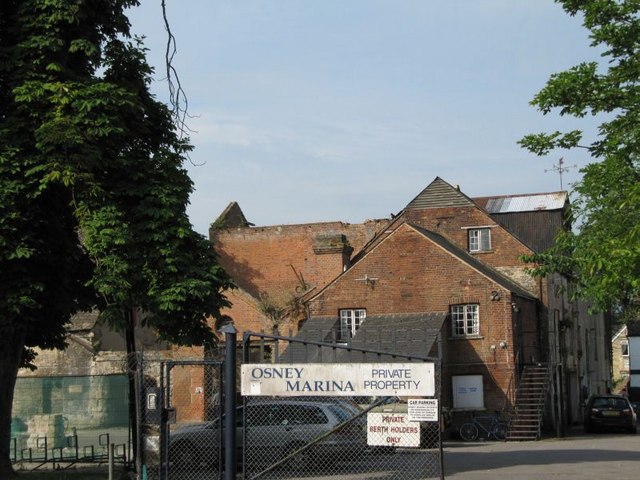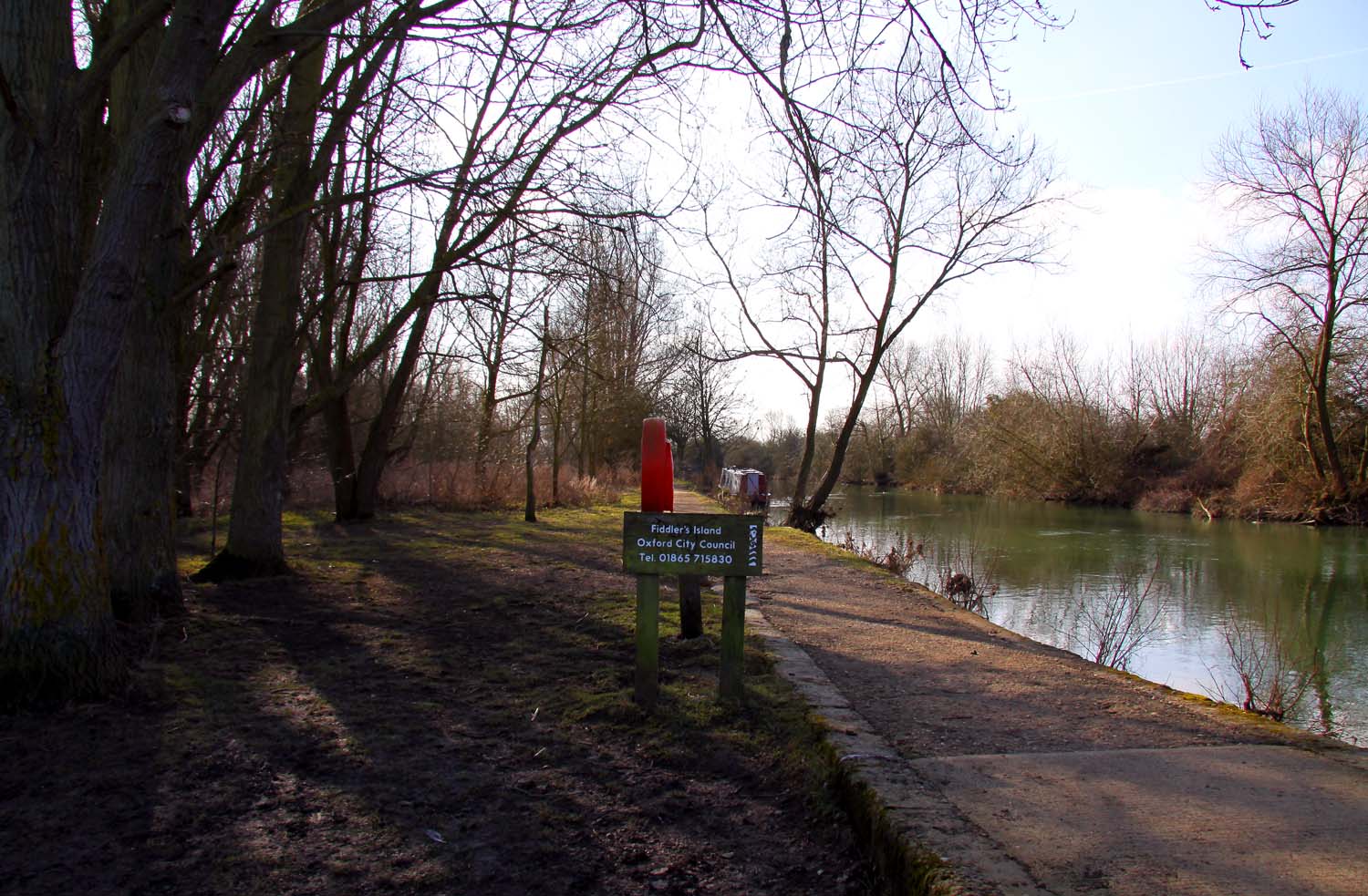|
Osney
Osney or Osney Island (; an earlier spelling of the name is ''Oseney'') is a riverside community in the west of the city of Oxford, England. In modern times the name is applied to a community also known as Osney Town astride Botley Road, just west of the city's main railway station, on an island surrounded by the River Thames, Osney Ditch and another backwater connecting the Thames to Osney Ditch. Until the early 20th century the name was applied to the larger island of Oxford Castle and New Osney (between Castle Mill Stream and the main stream of the Thames) on which Osney Abbey and Osney Mill were established during the Middle Ages. The place plays a minor but significant role in ''The Miller's Tale'' in Chaucer's '' The Canterbury Tales''. History The name "Osney" is Old English, and means either "Osa's Island" or "island in the Ouse": Ouzen Ait is a base form and Ouse is an Old English word for a (large) river. Until the early twentieth century the name was applied to ... [...More Info...] [...Related Items...] OR: [Wikipedia] [Google] [Baidu] |
Osney Abbey
Osney Abbey or Oseney Abbey, later Osney Cathedral, was a house of Augustinian canons at Osney in Oxfordshire. The site is south of the modern Botley Road, down Mill Street by Osney Cemetery, next to the railway line just south of Oxford station. It was founded as a priory in 1129, becoming an abbey around 1154. It was dissolved in 1539 but was created a cathedral, the last abbot Robert King becoming the first Bishop of Oxford. The see was transferred to the new foundation of Christ Church in 1545 and the building fell into ruin. It was one of the four renowned monastic houses of medieval Oxford, along with St Frideswide's Priory, Rewley and Godstow. History The house was founded by Robert D'Oyly the younger, Norman governor of Oxford, prompted by his wife, Edith Forne, who, to expiate the sins of her former life as the mistress of Henry I, solicited her husband to this pious work with a story of the chattering of magpies, interpreted by a chaplain as souls in Pur ... [...More Info...] [...Related Items...] OR: [Wikipedia] [Google] [Baidu] |
Osney Lock
Osney Lock is a lock on the River Thames in Oxford, England, where the village or island of Osney is next to the river. The first lock was built of stone by Daniel Harris for the Thames Navigation Commission in 1790. Across the weir pool is a large Environment Agency complex which monitors the River Thames, while a small office building exists on the front lawn opposite from the lock house. The weir is upstream of the lock alongside the navigation channel in two parts and feeds the Osney pool. The Osney Lock Hydro hydro-electric plant occupies a building beside the weir. To the south and southwest are Osney Mill Marina and Osney Cemetery. Oxford railway station on the Botley Road is close by to the northwest. History The main navigation channel was formerly on the branch of the river known as Bulstake Stream further west. The present stream was developed in mediaeval times by the monks of Osney Abbey on the west side of the island then known as Osney, to serve as a ... [...More Info...] [...Related Items...] OR: [Wikipedia] [Google] [Baidu] |
Osney Bridge
Osney Bridge is a road bridge across the River Thames in Oxford, England, built in 1888 to replace a stone bridge which collapsed in 1885. It carries the Botley Road ( A420) from Botley into Oxford. The Thames Path crosses the river on this bridge, just above Osney Lock. The original bridge was probably built by the monks of Osney Abbey, to carry the main road across the millstream of Osney Mill west of the island then known as Osney. By the early 17th century it was a three-arch stone construction. In 1790 the millstream became the main navigation channel of the river, and the bridge had become a serious obstruction to navigation by the mid 19th century. In 1885 the central arch collapsed, leaving massive piers. Proposals to raise Osney Bridge Osney Bridge has the lowest headroom (less than 7 feet 6 inches, or 2.3 metres) of any bridge across the navigable Thames; this limits the size of boats that can travel past it without having to be removed from the water and replaced ... [...More Info...] [...Related Items...] OR: [Wikipedia] [Google] [Baidu] |
Botley Road
Botley Road is the main road into the centre of Oxford, England from the west. It stretches between Botley, on the Oxford Ring Road ( A34) to the west of the city, and Frideswide Square at the junction with Oxford railway station, close to central Oxford. Overview The Botley Road was known as the Botley Turnpike Road in the 18th century and Seven Bridges Road in the 19th century. Until the early 19th century it was little more than a track and highwaymen were a problem. The road passes Osney. Out-of-town retail stores line the route. The road is designated as the A420. It becomes West Way at Botley Bridge over Seacourt Stream to the west. To the east, past the station, it becomes Park End Street. Oxpens Road leads off to the south at this junction. Along its route are several bridges — west to east: Botley Bridge, Bulstake Bridge, Osney Ditch Bridge, and Osney Bridge — as it passes over various sidechannels and the main branch of the River Thames. Side streets ... [...More Info...] [...Related Items...] OR: [Wikipedia] [Google] [Baidu] |
Osney Mill
Osney Mill is a former flour mill on a branch of the River Thames in Oxford, England, located south of the Botley Road, down Mill Street. While the mill was gutted by a fire in 1945 and remained derelict for over 60 years, the exterior walls were incorporated into a modern apartment building during the early-2010s that now occupies the site. Close by the site of the mill is Osney Lock. To the east is Osney Cemetery, to the west is Osney Island, while Oxford railway station lies just to the north. History The mill is on the site of the now-destroyed Osney Abbey. Little is left of the abbey, but there is still a rubble and timber-framed structure at the mill site, which may date from the 15th century. The remnants were Grade II listed in 1954. In 1895, William Henry Munsey came to Oxford after his farming business in Cambridgeshire was affected by foot and mouth disease. Initially, he worked for Pratt & Haines as a forage manager. In 1898, he went into partnership with Arche ... [...More Info...] [...Related Items...] OR: [Wikipedia] [Google] [Baidu] |
Mill Street, Oxford
Mill Street is a street in Oxford, England. It is a cul-de-sac that runs south from the Botley Road close to Oxford railway station. It includes residential houses, mainly terraced, and some office space. Mill Street was built in the 1860s as part of the development of New Osney on what was then known as Osney Island. Overview At its southern end was Osney Mill (a disused flour mill on the River Thames), after which the street is named. The mill stood on the site of the now-destroyed Osney Abbey. Little is left of the abbey today, but there is still a rubble and timber-framed structure at the mill site, which may date from the 15th century, on private land but visible from the street. The remnants were Grade II listed in 1954. In 2004, plans for a new development of homes on the mill site were given planning approval by Oxford City Council. Between 2012 and 2014 the area around the mill was finally redeveloped. Close to the site of the former mill is Osney Lock, and to the so ... [...More Info...] [...Related Items...] OR: [Wikipedia] [Google] [Baidu] |
Osney Ditch
The Osney Ditch is a side channel of the River Thames at Oxford, England. It is one of the principal watercourses in west Oxford. The ditch leaves Bulstake Stream just east of Binsey Lane and then rejoins the main stream of the Thames south of Osney. It flows under Botley Road and forms the western side of Osney Island. The ditch passes just to the west of St Frideswide's Church St Frideswide's Church is a Church of England church on the south side of the Botley Road in New Osney, west Oxford, England. The church is in a district originally part of the parish of St Thomas the Martyr. History The church is dedicated to ... south of Botley Road and east of Ferry Hinksey Road. See also * Tributaries of the River Thames References Geography of Oxford Rivers of Oxfordshire 0OsneyDitch {{England-river-stub ... [...More Info...] [...Related Items...] OR: [Wikipedia] [Google] [Baidu] |
Osney Cemetery
Osney Cemetery is a disused Church of England cemetery in Osney, west Oxford, England. It is in Mill Street south of Botley Road and near the site of Osney Abbey. It borders the Cherwell Valley Line railway a short distance south of Oxford railway station. The cemetery was established in 1848, along with Holywell Cemetery and St Sepulchre's Cemetery, because central Oxford churchyards were becoming full. In 1855, new burials were forbidden at all Oxford city churches, apart from in existing vaults. The entrance has a lych gate. The cemetery contains 25 Commonwealth war graves from the First World War and also one British soldier killed in the Second World War. CWGC Cemetery Report. Breakdown obtained from casualty record. The cemetery is now closed to new burials. It is still a large green space in central Oxford. It has been propose ... [...More Info...] [...Related Items...] OR: [Wikipedia] [Google] [Baidu] |
Osney Rail Bridge
Osney Rail Bridge is a railway bridge over the River Thames at Oxford in England. It carries the Cherwell Valley Line between Didcot and Oxford across the river on the reach between Iffley Lock and Osney Lock. The original bridge was built in 1850, when the Great Western Railway built a new line from its original Oxford station at Grandpont to Rugby. The north side of the bridge was on the island which was then called Osney. A second bridge was built in 1887 within a foot or so of the first bridge. The bridge is maintained by Network Rail, who refer to the bridge as River Isis Crossing. |
River Thames
The River Thames ( ), known alternatively in parts as the River Isis, is a river that flows through southern England including London. At , it is the longest river entirely in England and the second-longest in the United Kingdom, after the River Severn. The river rises at Thames Head in Gloucestershire, and flows into the North Sea near Tilbury, Essex and Gravesend, Kent, via the Thames Estuary. From the west it flows through Oxford (where it is sometimes called the Isis), Reading, Henley-on-Thames and Windsor. The Thames also drains the whole of Greater London. In August 2022, the source of the river moved five miles to beyond Somerford Keynes due to the heatwave in July 2022. The lower reaches of the river are called the Tideway, derived from its long tidal reach up to Teddington Lock. Its tidal section includes most of its London stretch and has a rise and fall of . From Oxford to the Estuary the Thames drops by 55 metres. Running through some of the drier ... [...More Info...] [...Related Items...] OR: [Wikipedia] [Google] [Baidu] |
Fiddler's Island
Fiddler's Island is an island in the River Thames at Oxford in England. It is situated south of Port Meadow on the reach above Osney Lock. The north part of the island sits between the River Thames and the top end of Castle Mill Stream, a Thames backwater. Fiddler's Island Stream flows to the east of the southern part of the island. To the south of the island, there is a short stretch of water known as the Sheepwash Channel linking back to the Castle Mill Stream and the Oxford Canal. The Thames Path runs the length of the complete island. At the northern end, the island has a row of trees along it. On the Castle Mill Stream side there is extensive mooring. The rainbow-shaped Medley Footbridge crosses the main stream of the Thames to the west at the northern end and a flat iron Bailey bridge crosses Castle Mill Stream further south, linking it to Port Meadow to the east. A small footbridge takes the Thames Path along the bank towards Osney Bridge. The northern part of Fiddler's ... [...More Info...] [...Related Items...] OR: [Wikipedia] [Google] [Baidu] |
Oxford Railway Station
Oxford railway station is a mainline railway station, one of two serving the city of Oxford, England. It is about west of the city centre, north-west of Frideswide Square and the eastern end of Botley Road. It is on the line for trains between and Hereford via . It is a starting point for fast and local trains to London Paddington and , and for local trains to , Worcester ( Shrub Hill and Foregate stations), and . It is also on the north/south Cross Country Route from and via and Reading to and . The station is managed by Great Western Railway, and also served by CrossCountry and Chiltern Railways trains. Immediately to the north is Sheepwash Channel Railway Bridge over the Sheepwash Channel. History The Great Western Railway (GWR) opened to Oxford on 12 June 1844 with a terminus station in what is now Western Road, Grandpont. In 1845 the Oxford and Rugby Railway (ORR) began to build its line, starting from a junction at New Hinksey south of the GWR terminus. The ... [...More Info...] [...Related Items...] OR: [Wikipedia] [Google] [Baidu] |











.jpg)